Home>Technology>Security & Surveillance>How To Lock The Garage Door Manually
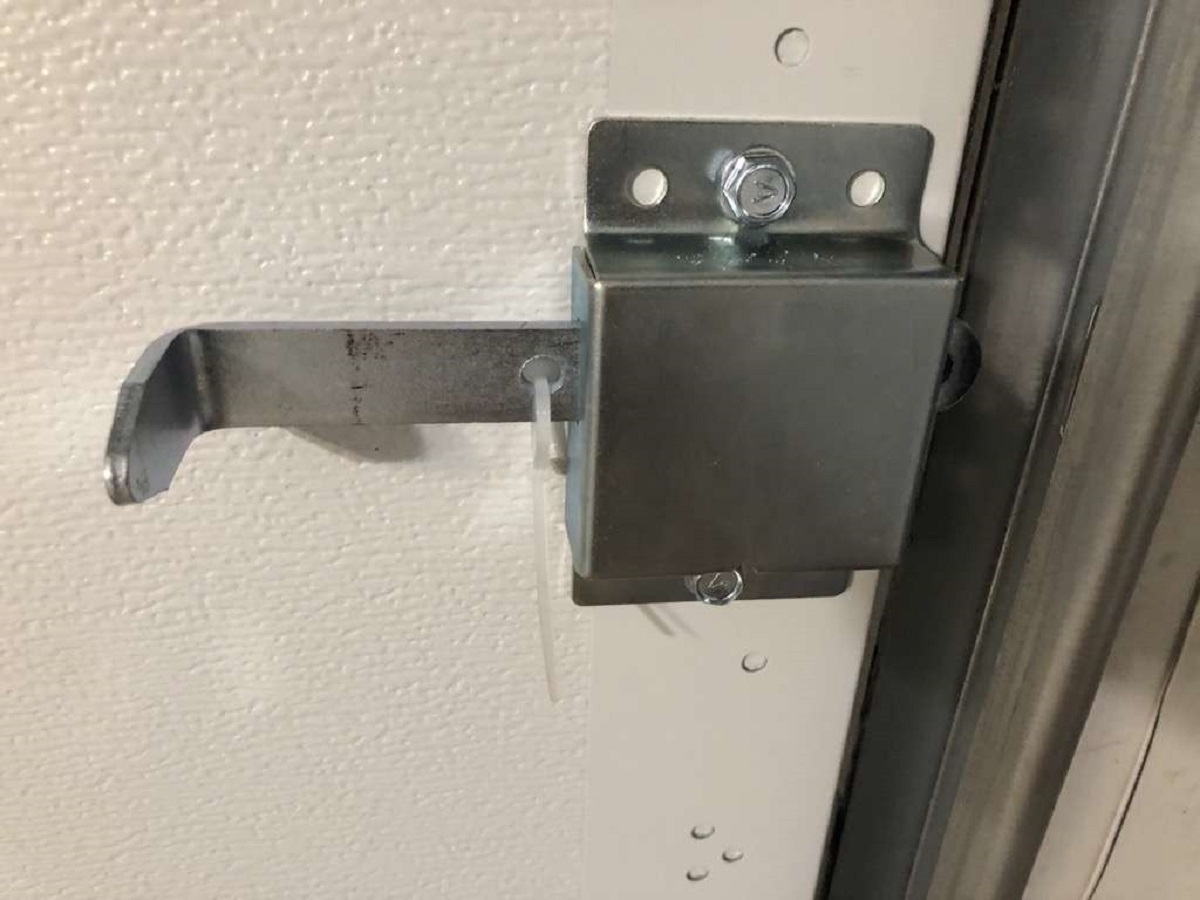

Security & Surveillance
How To Lock The Garage Door Manually
Modified: February 25, 2024
Learn how to manually lock your garage door for added security and surveillance. Follow these simple steps to ensure your garage is secure at all times.
(Many of the links in this article redirect to a specific reviewed product. Your purchase of these products through affiliate links helps to generate commission for Storables.com, at no extra cost. Learn more)
**
Introduction
**
When it comes to home security, the garage is often an overlooked area. While many homeowners rely on automatic garage door openers for convenience, it's important to have a manual locking mechanism in place as a backup. This ensures that your garage is secure even in the event of a power outage or malfunction. In this article, we'll explore the reasons for locking the garage door manually, the tools and materials needed, and the step-by-step process for manually securing your garage. Whether you're preparing for a power outage or simply seeking to bolster your home's security measures, learning how to manually lock your garage door is a valuable skill that every homeowner should possess.
**
Key Takeaways:
- Don’t overlook garage security! Learn to manually lock your garage door for added protection during power outages and to deter potential intruders. It’s a valuable skill for every homeowner.
- Gather the right tools and follow the steps to install a manual locking system for your garage door. Regular testing and maintenance are crucial for ensuring its effectiveness in safeguarding your home.
Read more: How To Lock A Garage Door Manually
Reasons to Lock the Garage Door Manually
**
While automatic garage door openers provide a high level of convenience, there are several compelling reasons to have a manual locking mechanism for your garage door:
-
Security: Manually locking your garage door provides an additional layer of security for your home. In the event of a power outage or malfunction, the manual lock serves as a reliable backup, preventing unauthorized access to your garage and home.
-
Power Outages: During power outages, automatic garage door openers may become inoperable. A manual locking mechanism ensures that you can still secure your garage and protect your belongings even when the power is out.
-
Peace of Mind: Knowing that you have a manual lock in place can offer peace of mind, especially in areas prone to extreme weather or frequent power outages. It provides reassurance that you can maintain control over access to your garage regardless of external circumstances.
-
Enhanced Home Security: By incorporating a manual locking system, you can enhance the overall security of your home. This deters potential intruders and reinforces the physical barriers between your property and unauthorized individuals.
These reasons underscore the importance of having a manual locking mechanism for your garage door. By being prepared for unexpected situations and bolstering your home's security, you can ensure that your garage remains a safe and protected space.
**
Tools and Materials Needed
**
Before you begin the process of manually locking your garage door, it's essential to gather the necessary tools and materials. Here's what you'll need:
-
Locking Bars or Hasps: These are sturdy metal bars or hasps designed to reinforce the garage door and prevent it from being forced open. They are available in various lengths and can be installed horizontally or vertically on the inside of the garage door.
-
Padlock or Cylinder Lock: A durable padlock or cylinder lock is used to secure the locking bars or hasps in place, effectively preventing the garage door from being opened from the outside.
-
Drill and Screws: Depending on the type of locking bars or hasps you choose, you may need a drill and screws for installation. Be sure to use the appropriate tools and hardware to ensure a secure fit.
-
Measuring Tape: Accurate measurements are crucial for installing locking bars or hasps properly. A measuring tape will help you determine the precise placement and spacing for optimal security.
-
Additional Security Features: Depending on your specific security needs, you may consider additional features such as motion sensor lights, security cameras, or an alarm system to further enhance the protection of your garage.
By having these tools and materials on hand, you can effectively implement a manual locking system for your garage door, bolstering the security of your home and belongings.
**
Make sure to locate the emergency release cord hanging from the garage door opener. Pull down on the cord to disengage the opener and then manually lift or lower the door to lock it in place.
Steps to Lock the Garage Door Manually
**
Now that you have the necessary tools and materials, you can proceed with the process of manually locking your garage door. Follow these step-by-step instructions to secure your garage effectively:
-
Position the Locking Bars or Hasps: Determine whether you will install locking bars horizontally or vertically based on the design of your garage door. Place the locking bars or hasps at strategic points along the inside of the door to reinforce its structure.
-
Mark the Mounting Holes: Use a pencil to mark the locations for drilling the mounting holes. Ensure that the bars or hasps are positioned securely and align the mounting holes accordingly.
-
Drill the Holes: With the appropriate drill bit, carefully drill the mounting holes for the locking bars or hasps. Take care to follow the manufacturer’s guidelines and use the correct drill size for the screws.
-
Secure the Locking Bars or Hasps: Attach the locking bars or hasps to the inside of the garage door using the provided screws. Ensure that they are firmly anchored and provide substantial reinforcement to the door.
-
Install the Padlock or Cylinder Lock: Once the locking bars or hasps are in place, affix a durable padlock or cylinder lock to secure them. Choose a high-quality lock that resists tampering and provides reliable protection.
-
Test the Manual Lock: With the locking bars or hasps installed and the padlock or cylinder lock engaged, test the manual locking mechanism to ensure that the garage door cannot be opened from the outside. Verify that the reinforcement effectively prevents unauthorized access.
Following these steps will enable you to establish a robust manual locking system for your garage door, enhancing the security of your home and providing peace of mind in various scenarios, including power outages or security threats.
**
Testing the Manual Lock
**
After completing the installation of the manual locking system for your garage door, it’s crucial to conduct thorough testing to ensure its effectiveness. Here’s how to test the manual lock:
-
Attempt to Open the Garage Door: From the outside, try to open the garage door as you normally would. The manual locking mechanism should prevent the door from opening, demonstrating its ability to withstand unauthorized entry.
-
Apply Pressure to the Door: Test the resistance of the manual lock by applying moderate pressure to the garage door. The locking bars or hasps should hold firm, preventing the door from yielding to external force.
-
Engage and Disengage the Lock: Practice engaging and disengaging the padlock or cylinder lock to familiarize yourself with the process. Verify that the lock operates smoothly and securely, providing reliable protection for your garage.
-
Inspect the Installation: Thoroughly inspect the installation of the locking bars or hasps, ensuring that they are securely fastened and aligned to fortify the garage door effectively. Address any potential issues or adjustments as needed.
By conducting these tests, you can confirm that the manual locking mechanism functions as intended, safeguarding your garage and its contents from unauthorized access. Regular testing and maintenance of the manual lock are essential to uphold the security of your home and provide peace of mind in various circumstances.
**
Read more: How To Lock Garage Door After Manual Release
Conclusion
**
Securing your garage door manually is a proactive measure that enhances the overall security of your home. By understanding the reasons for manual locking, gathering the necessary tools and materials, and following the step-by-step process for installation, you can fortify your garage against unauthorized access, power outages, and potential security threats.
Implementing a manual locking system provides peace of mind, knowing that you have a reliable backup in place to secure your garage, especially during adverse circumstances. Regular testing and maintenance of the manual lock are essential to ensure its continued effectiveness and reliability.
Remember that a secure garage contributes to the safety and protection of your vehicles, tools, and other valuable possessions. By incorporating a manual locking mechanism and potentially additional security features, you can create a robust defense against potential intruders and external threats.
Ultimately, learning how to lock your garage door manually empowers you to take proactive steps in safeguarding your home and belongings. It’s a practical skill that can make a significant difference in maintaining a secure and resilient living environment.
By prioritizing home security and staying prepared for unforeseen events, you can create a safe haven within your garage, bolstering the overall security of your property and providing peace of mind for you and your family.
Frequently Asked Questions about How To Lock The Garage Door Manually
Was this page helpful?
At Storables.com, we guarantee accurate and reliable information. Our content, validated by Expert Board Contributors, is crafted following stringent Editorial Policies. We're committed to providing you with well-researched, expert-backed insights for all your informational needs.
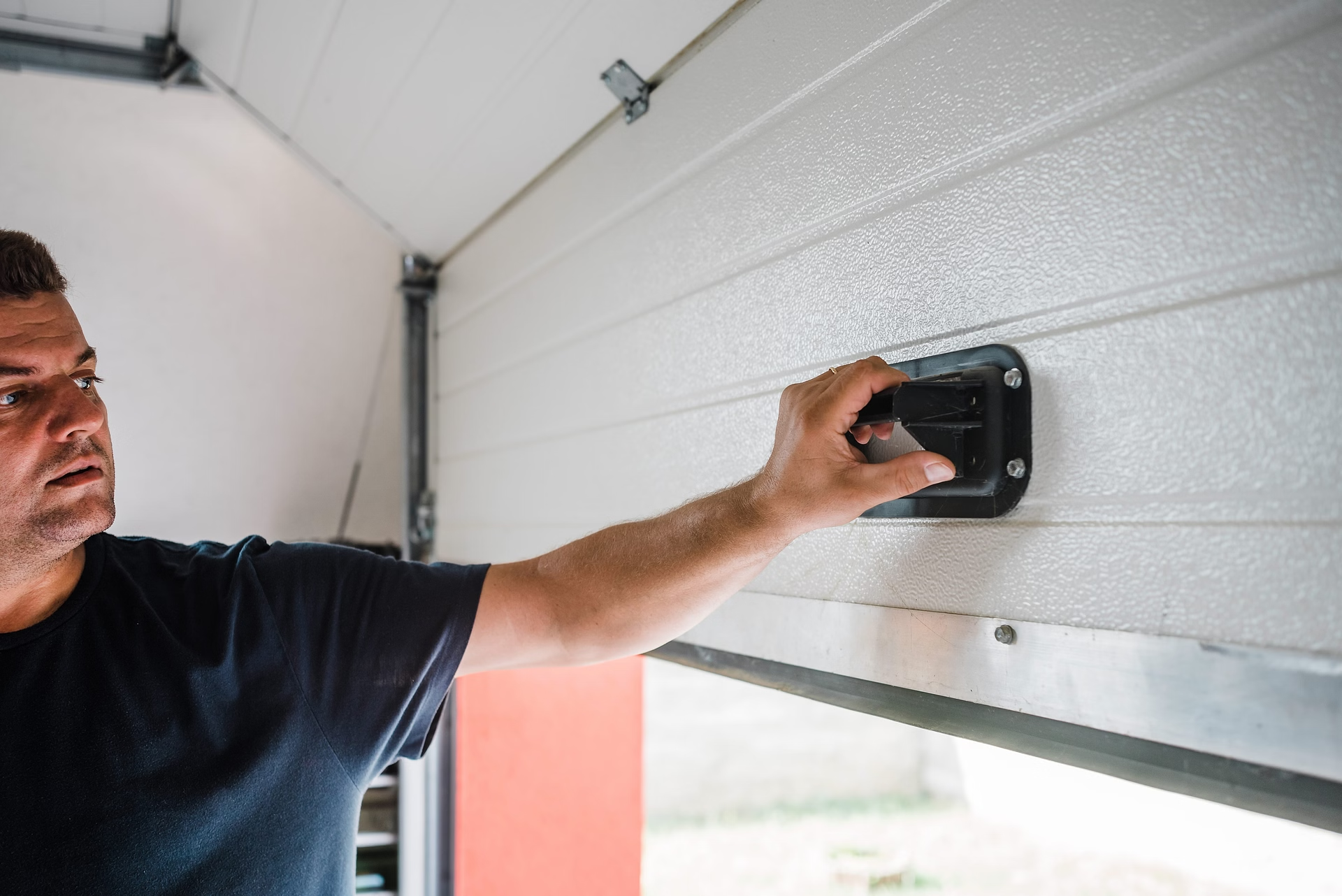
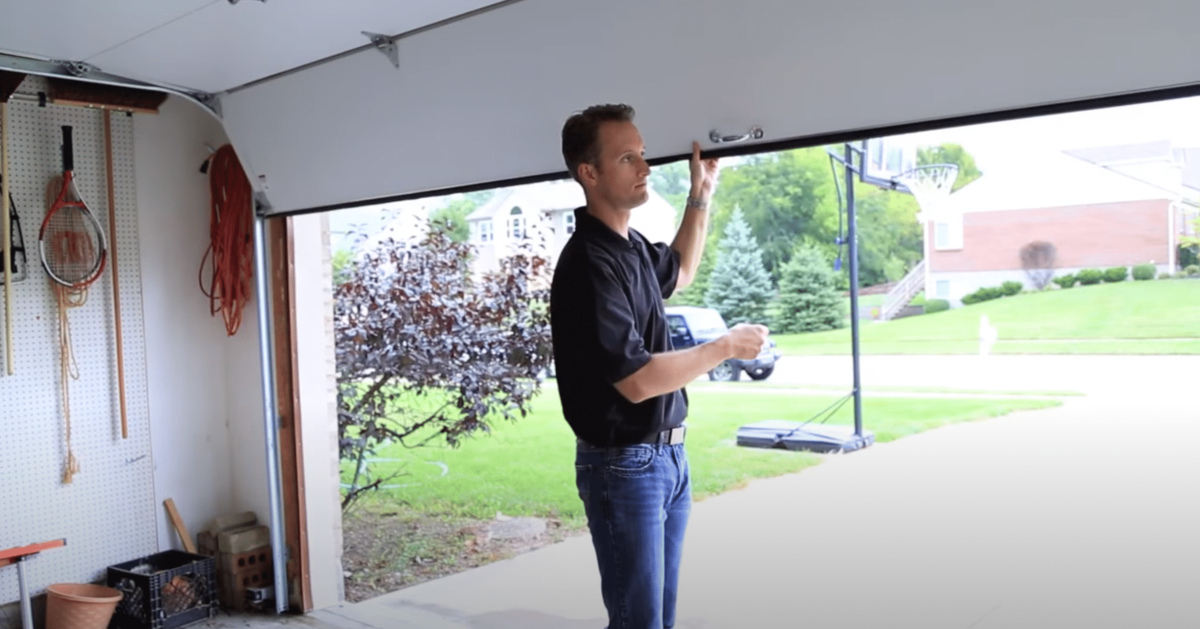
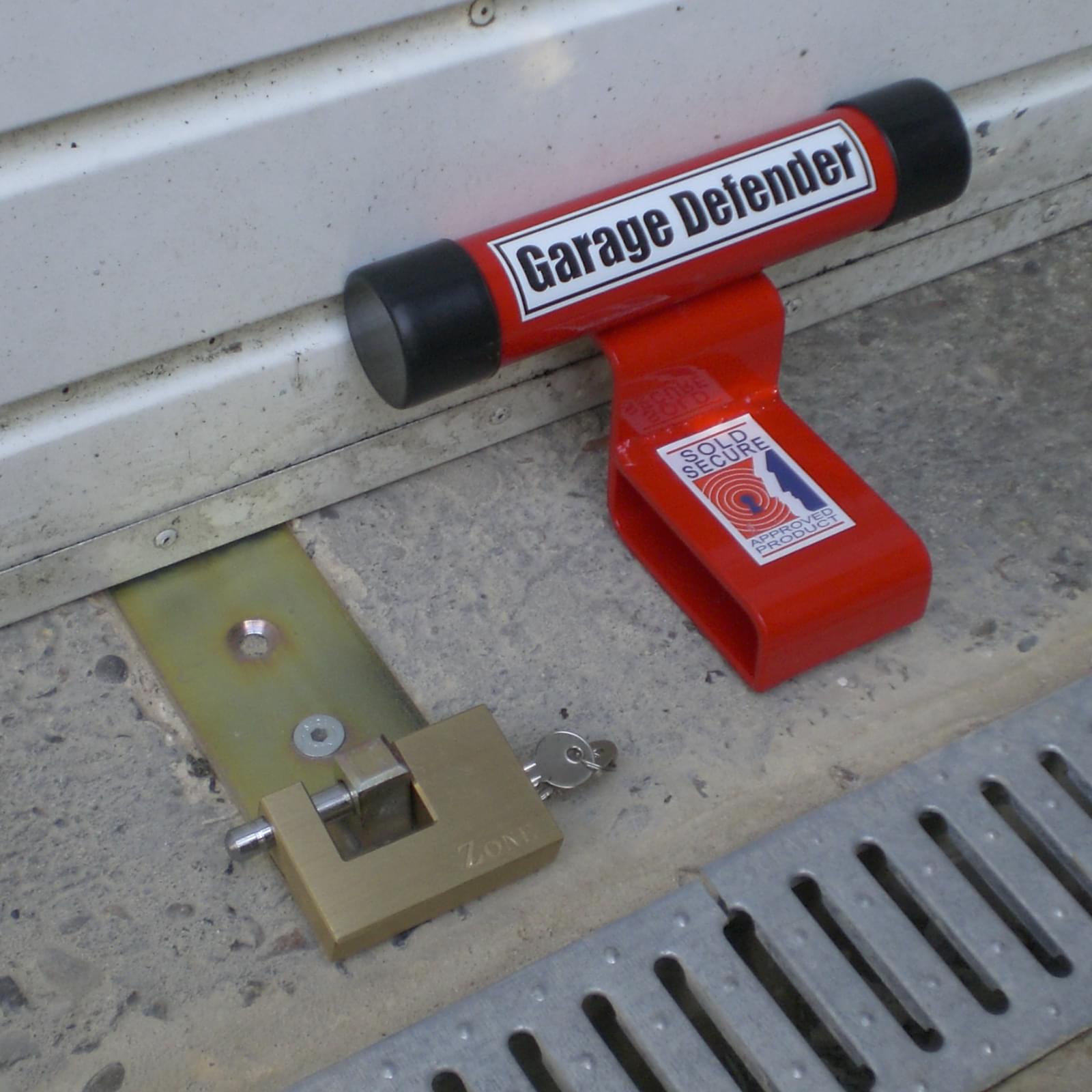
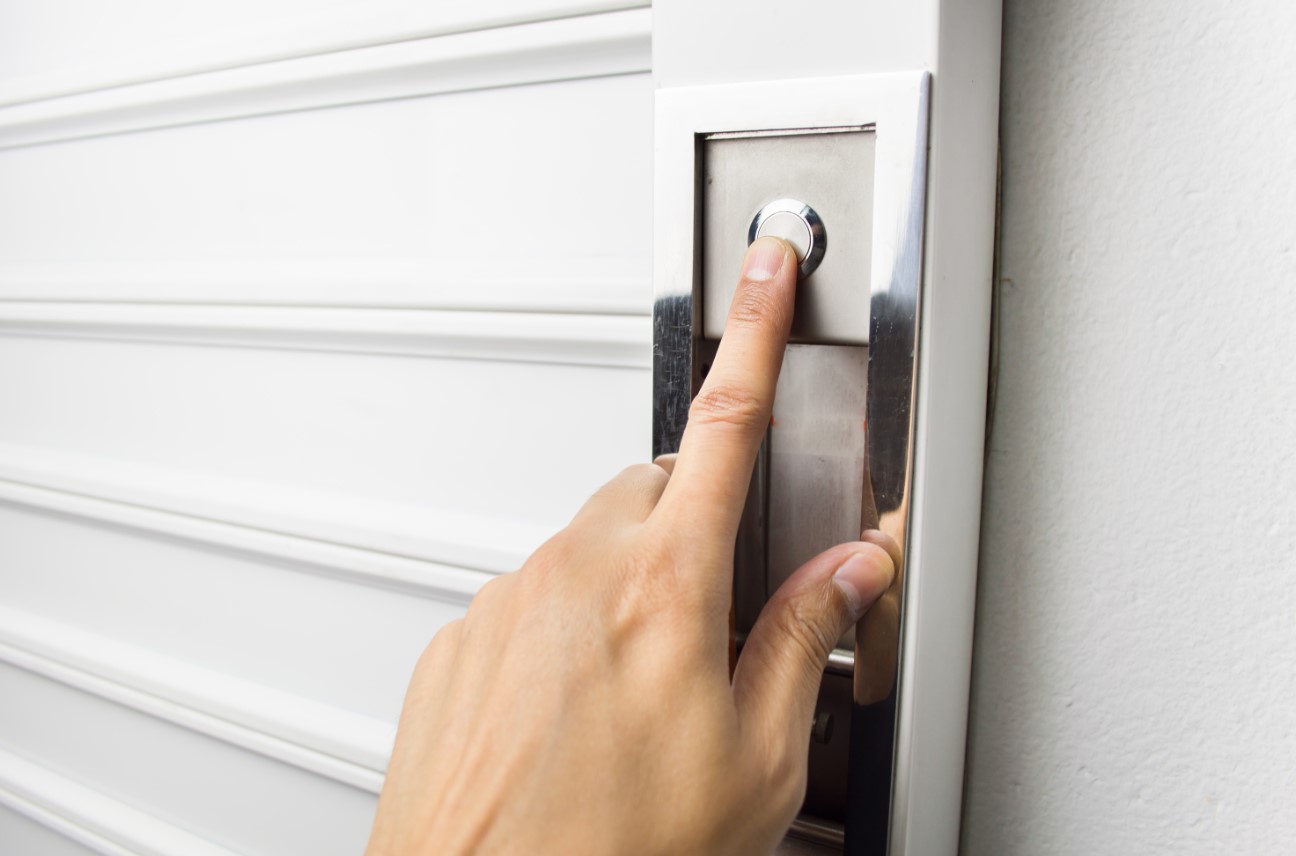
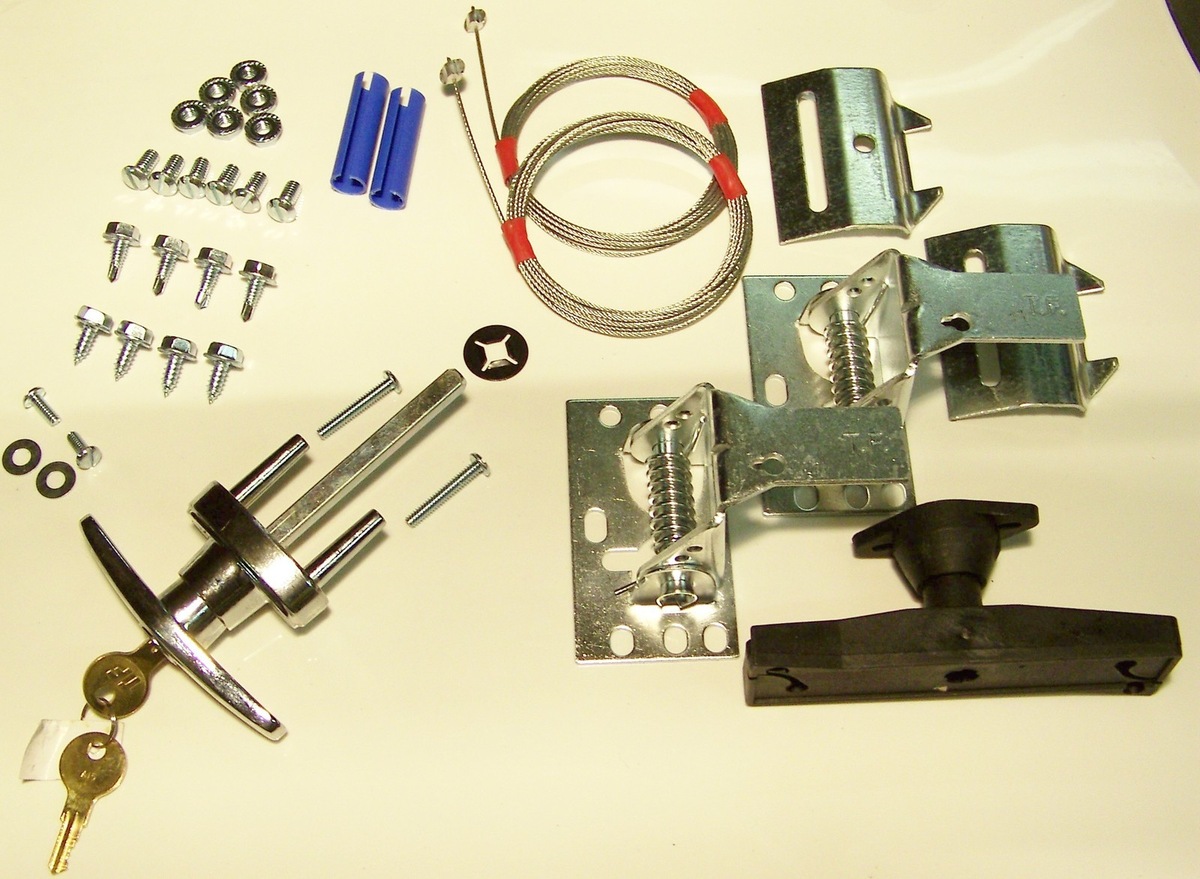
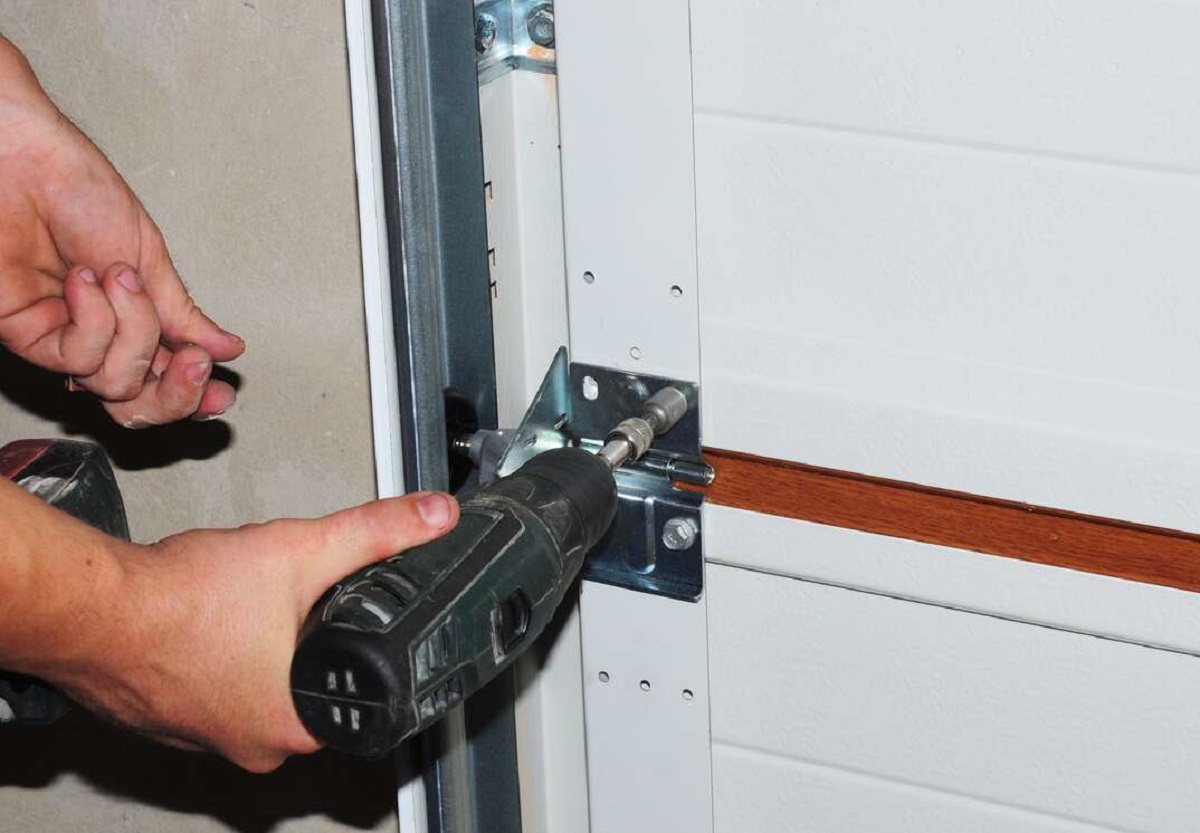
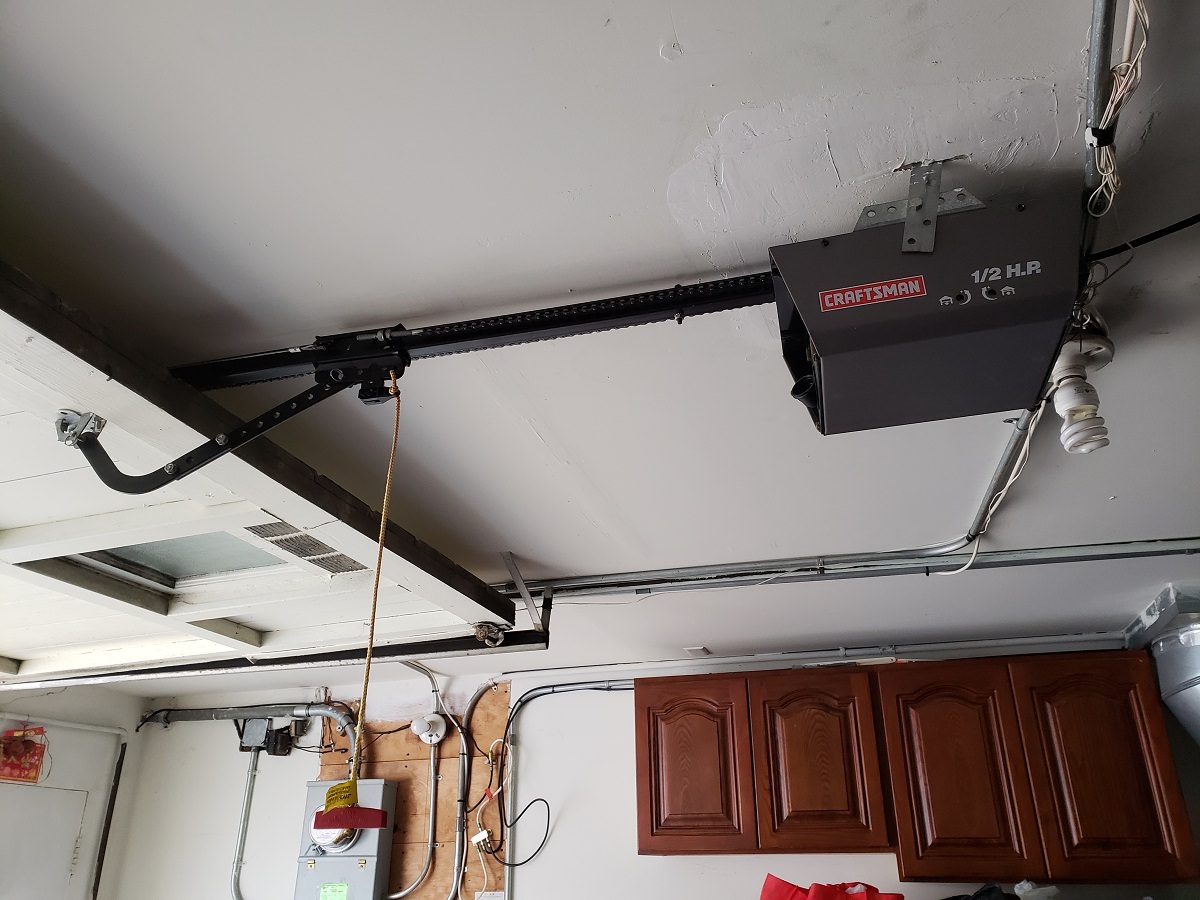
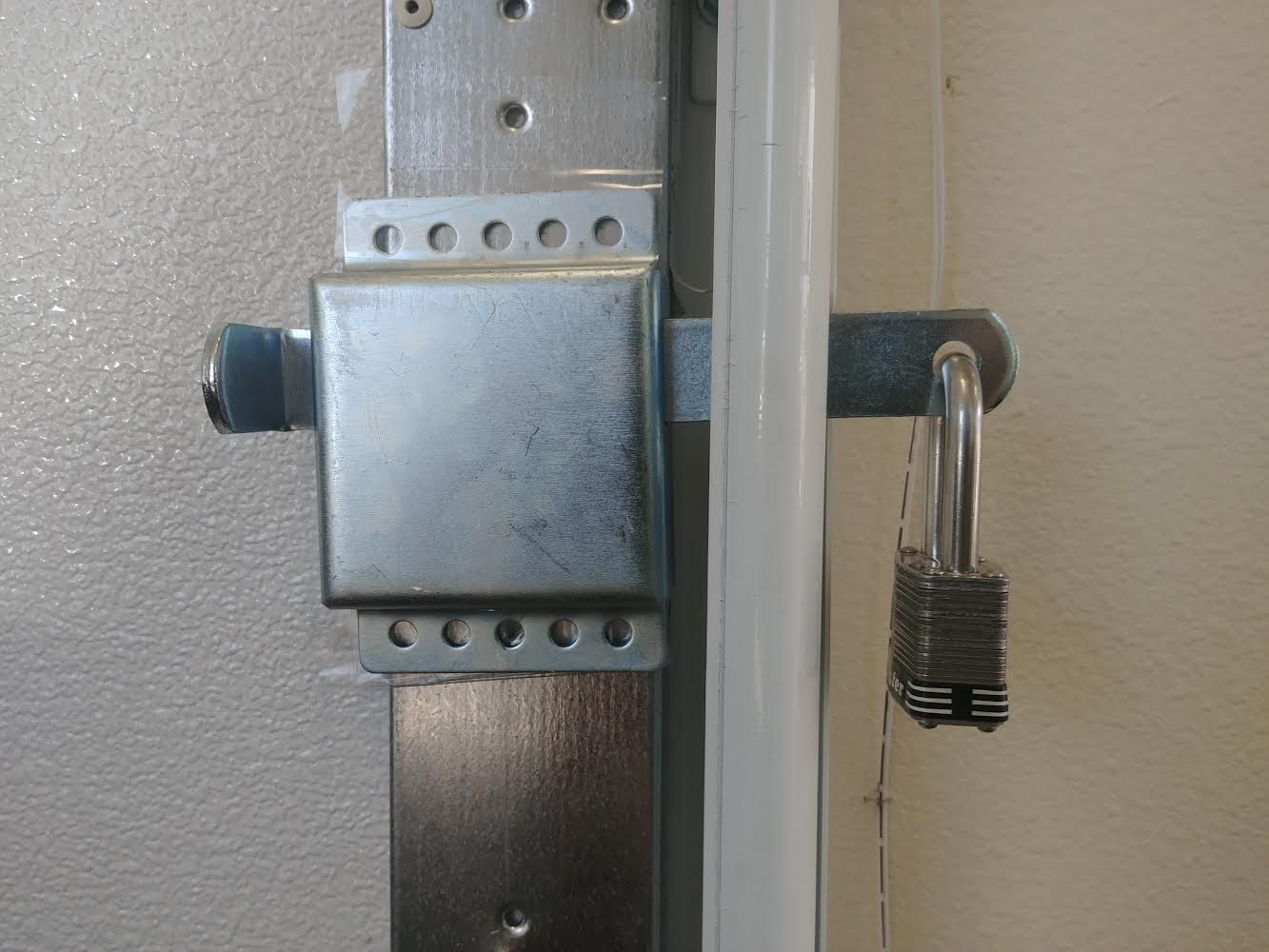
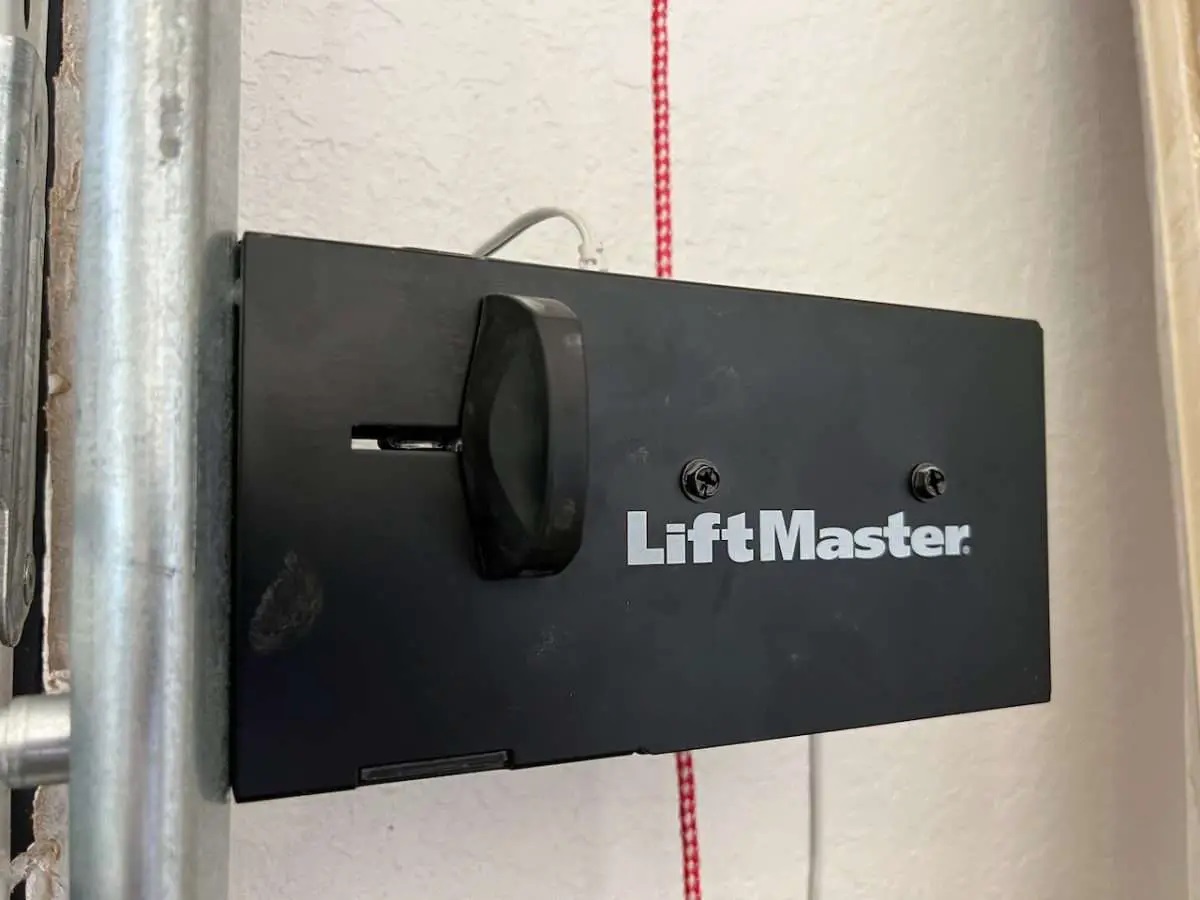
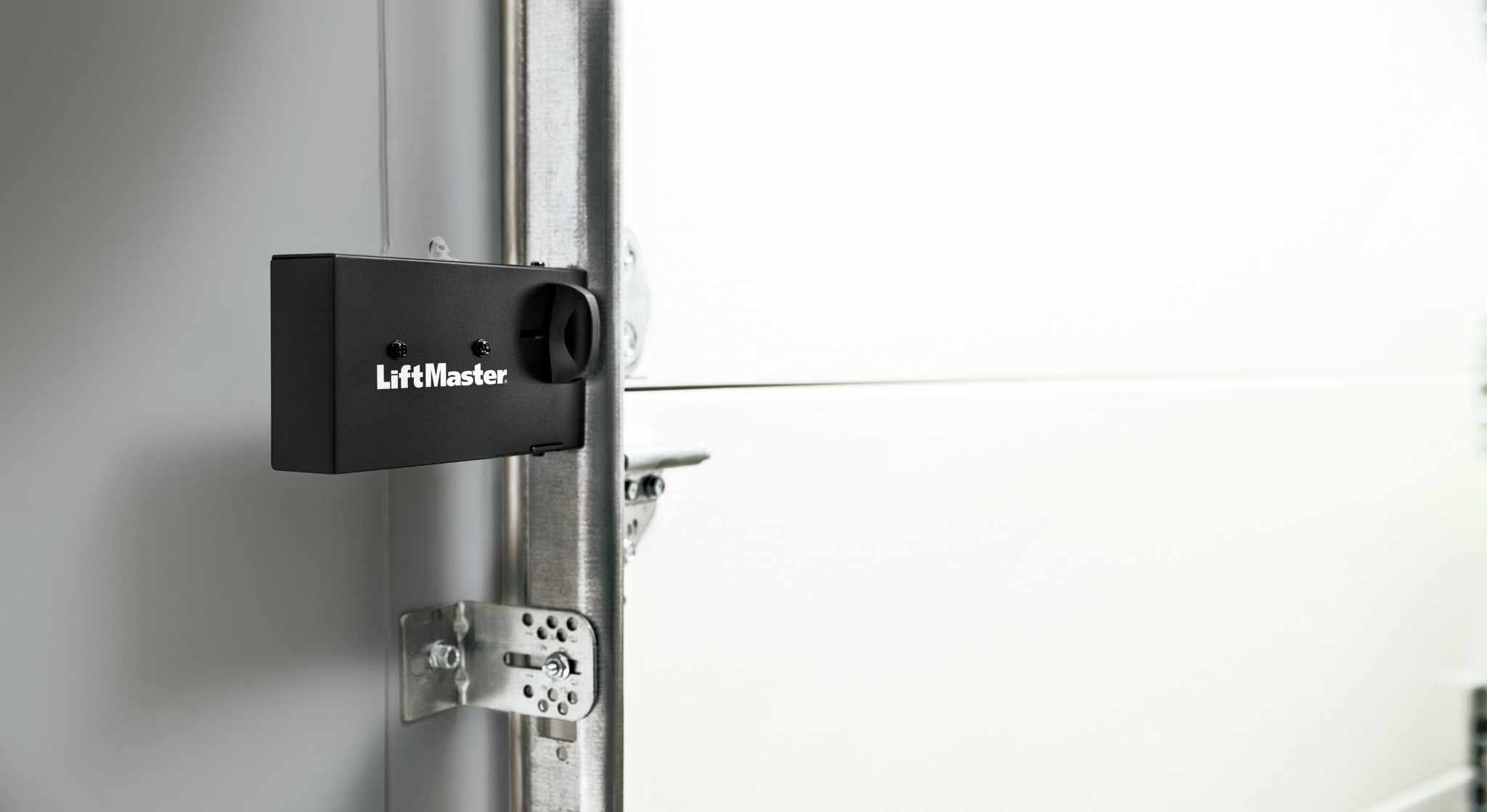
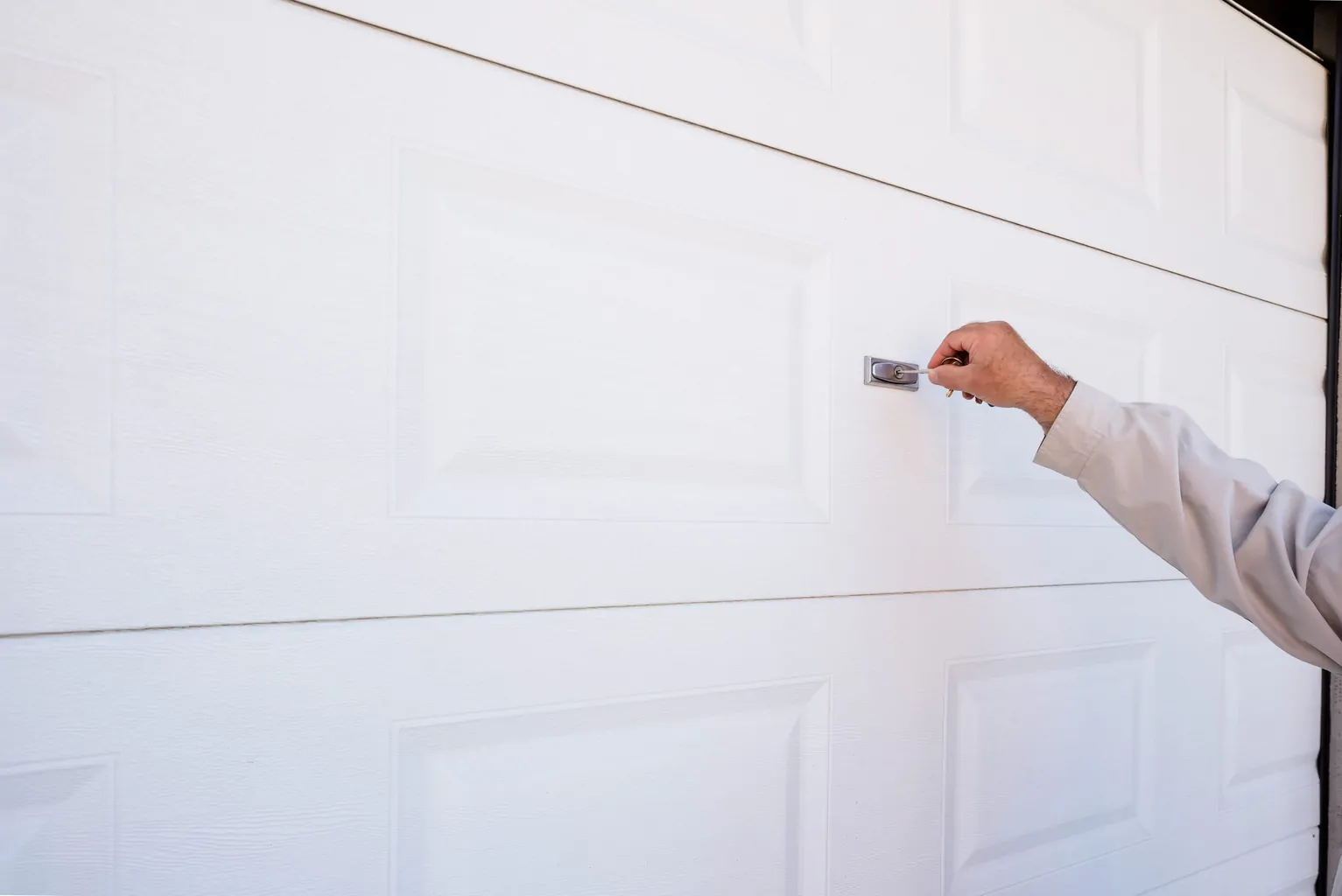
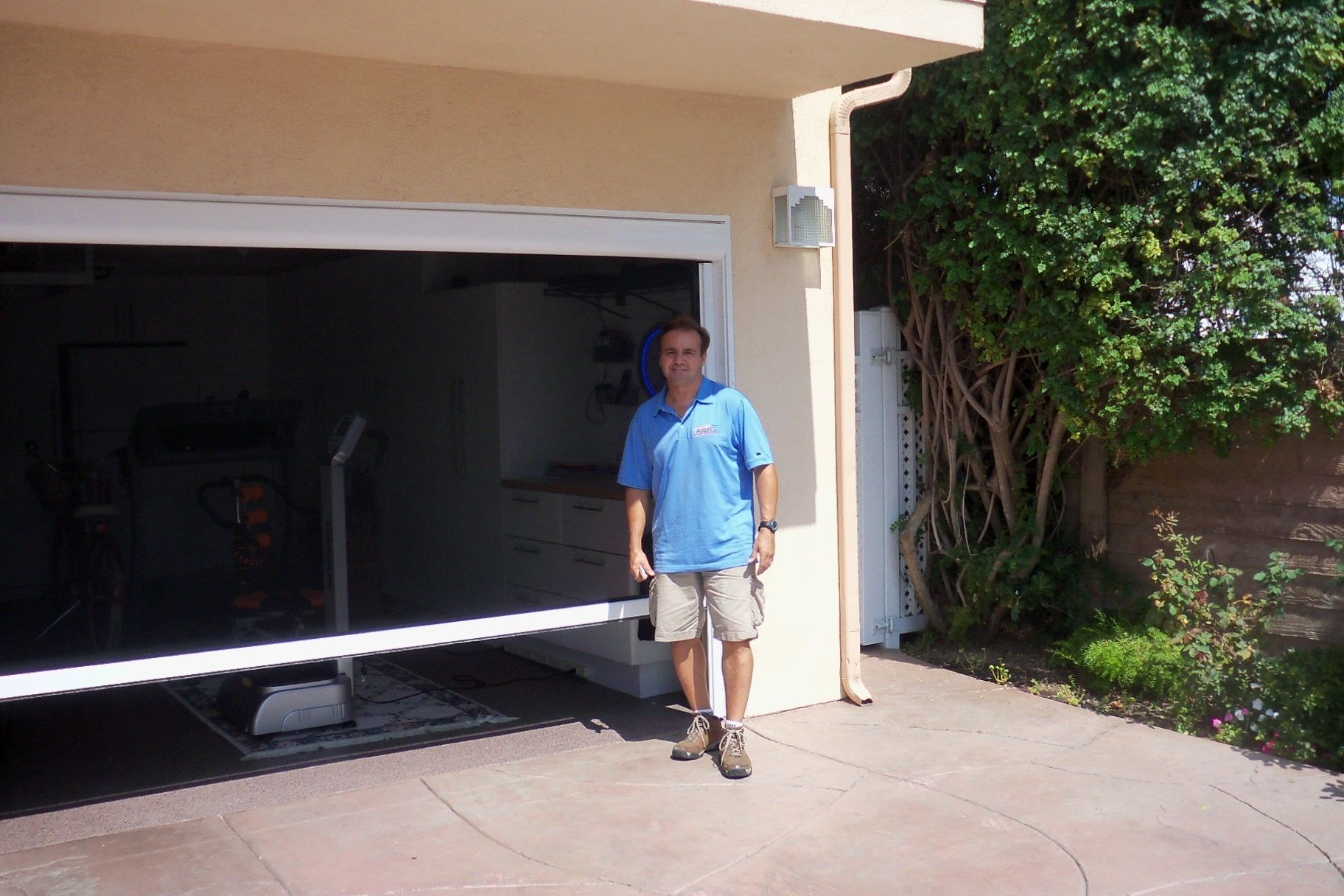
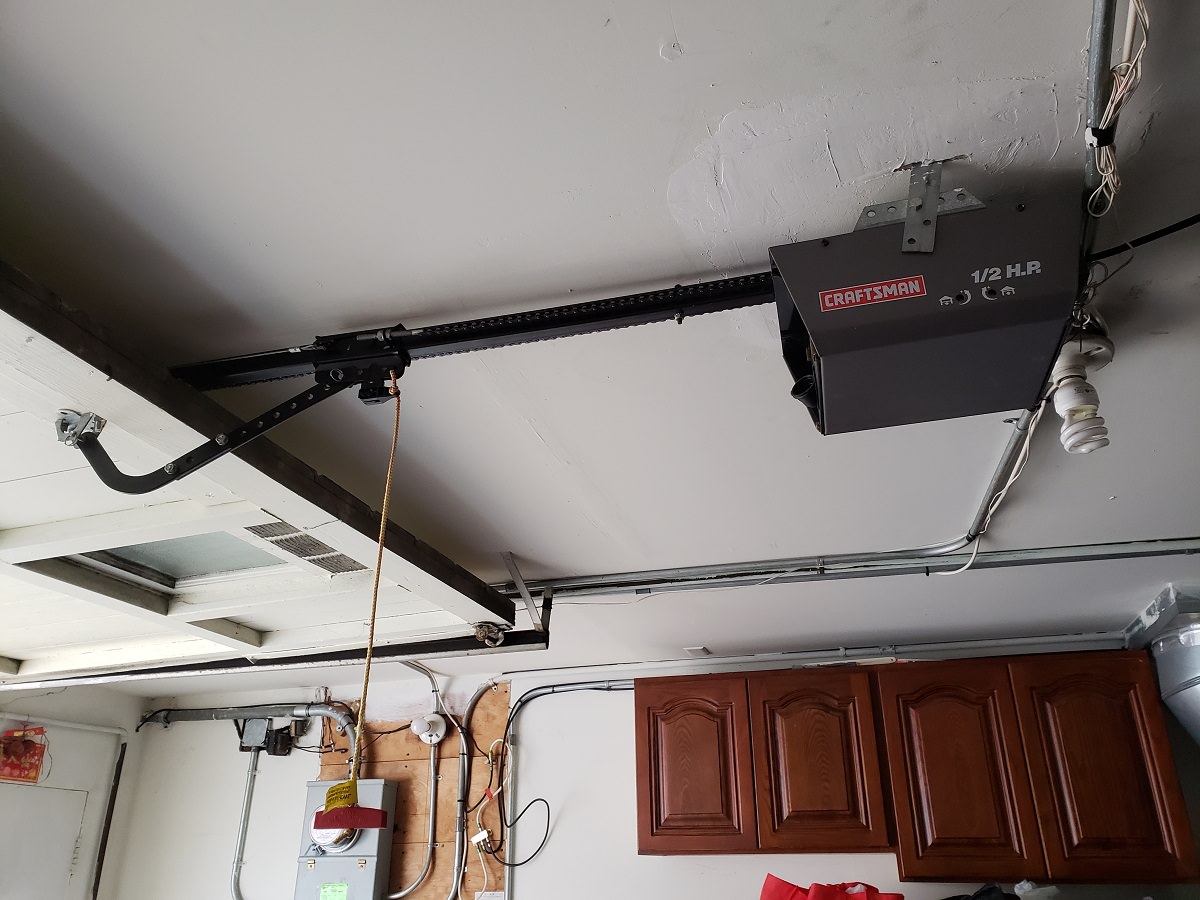
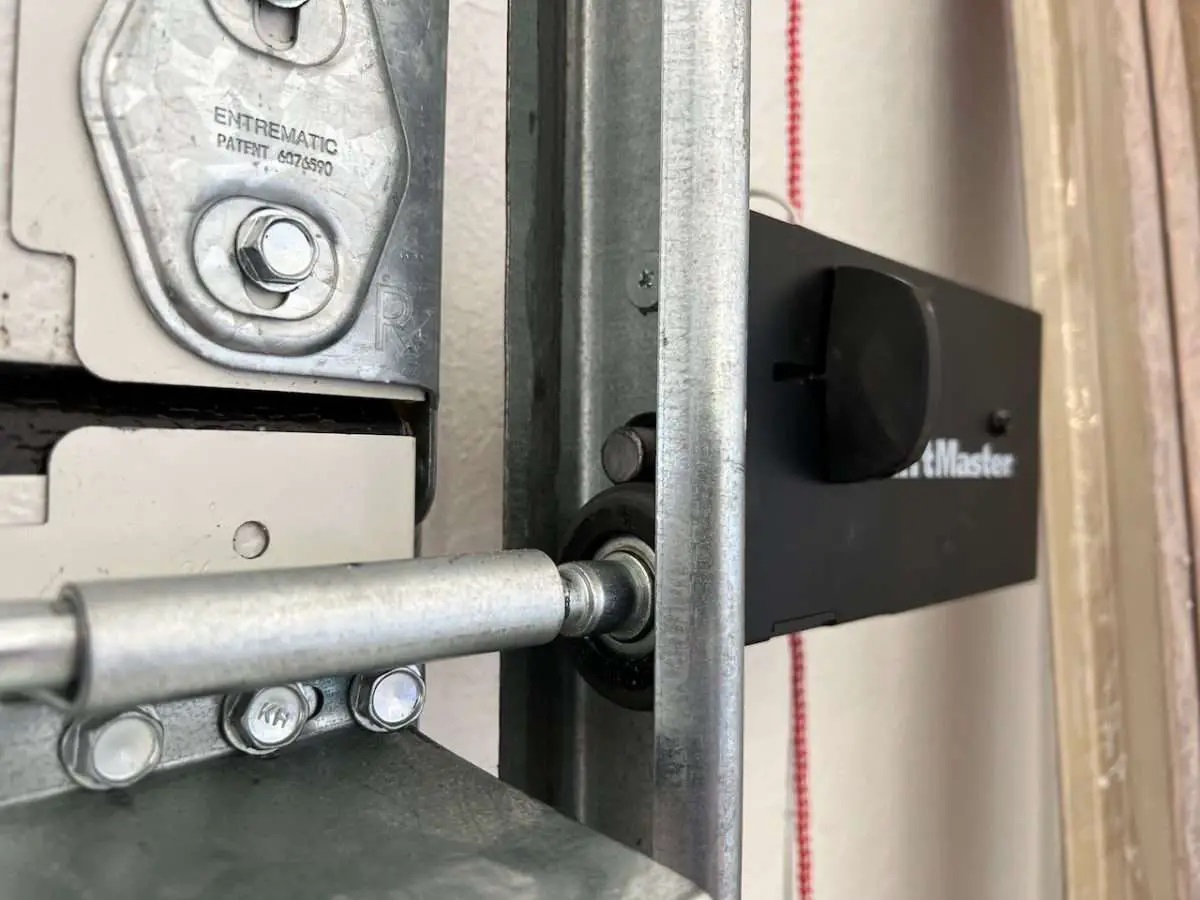

0 thoughts on “How To Lock The Garage Door Manually”